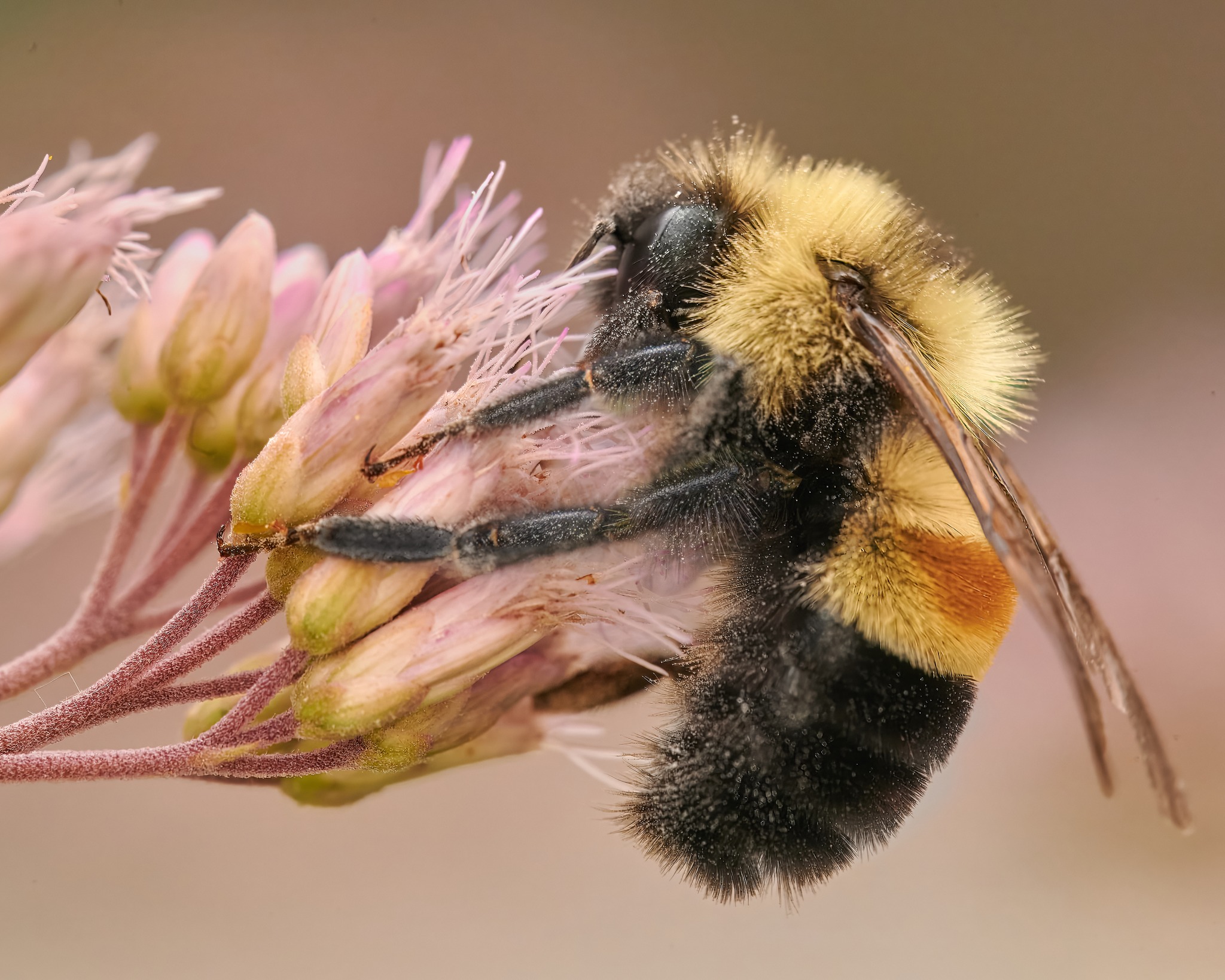- Importance of bees as vital pollinators and their role in agriculture and ecosystems.
- Details about the decline of bee populations, focusing on the endangered rusty patched bumble bee.
- Strategies for individuals to support bee populations and promote pollinator-friendly environments.
- Opportunities for engaging with conservation efforts, including support through zoo initiatives.
- Significance of World Bee Day in raising awareness and promoting active participation in conservation efforts.
World Bee Day, celebrated annually, serves as an important reminder of the vital role bees play in our ecosystem. Bees are essential pollinators, contributing significantly to biodiversity and the production of food crops. By pollinating flowers, they facilitate the reproduction of many plant species, which forms the backbone of agricultural ecosystems. This process is crucial for the growth of fruits, vegetables, nuts, and seeds, which account for a substantial portion of the global food supply. Their impact on agriculture is profound, with estimates suggesting that bees and other pollinators influence up to one-third of the world’s food production. In addition to their agricultural importance, bees support the health of natural ecosystems, aiding in carbon cycling and improving soil quality.
Unfortunately, many bee populations are in decline due to factors such as habitat loss, pesticide use, climate change, and diseases. Among the species facing severe threats is the rusty patched bumble bee, a native of Indiana. This species is easily recognizable by the rusty reddish patch on its abdomen, but it has become endangered. Habitat destruction and the use of harmful agricultural chemicals have significantly contributed to its decline. According to the U.S. Fish and Wildlife Service, populations of the rusty patched bumble bee have plummeted by nearly 90% over the past two decades. Its endangerment highlights the urgent need to address environmental challenges affecting bees.
One effective strategy to support bee populations involves planting native wildflowers. These plants serve as essential resources, providing the necessary nectar and pollen that bees depend on. By maintaining a garden with a variety of flowering plants native to the area, individuals can create habitats that support not only bees but other pollinators as well. Consider planting species like purple coneflower, goldenrod, and wild bergamot, which are well-suited to Indiana’s climate and attract various pollinator species.
Reducing or eliminating pesticide use in gardens is another crucial step. Many chemical pesticides are toxic to bees and can disrupt their reproduction and foraging patterns. Opting for natural pest control methods, such as promoting beneficial insects like ladybugs and using organic alternatives, significantly decreases harmful exposure. Additionally, creating a bee-friendly environment involves leaving some areas of the garden wild and providing shelters, such as bee hotels, to offer nesting sites for solitary bees.
Public engagement and education are essential to reversing the decline in bee populations. Individuals can contribute by spreading the word about the importance of bees and supporting pollinator-friendly practices. Encouraging local communities to adopt bee-friendly policies, participate in citizen science projects, and engage with local conservation groups amplifies these efforts. Educational programs in schools and community centers can foster a deeper understanding of the critical ecological roles that bees play.
Visiting local zoos presents another opportunity to support conservation efforts. Many zoos have initiatives designed to raise funds and awareness for endangered species, including the rusty patched bumble bee. By rounding up purchases at the gift shop or donating directly, visitors can contribute to vital conservation projects. These efforts often include habitat restoration, scientific research, and public outreach campaigns, all designed to halt the decline of threatened species.
World Bee Day is an essential occasion to emphasize the necessity of protecting these small yet crucial creatures. It serves as a platform to both celebrate the contributions of bees and to galvanize global efforts toward their conservation. The public is encouraged to take active steps in wildlife protection and to support policies that promote biodiversity and environmental health. Through individual actions and collective efforts, it is possible to create a more sustainable future where bees and humans thrive together.
By understanding the role of bees and engaging in proactive conservation efforts, each person can contribute to preserving these vital pollinators for generations to come.
*****
Source Description
🐝 Today is World Bee Day!
Bees are vital pollinators—responsible for much of the food we eat—but many species are in decline. One such species, the rusty patched bumble bee, is native to Indiana and easily recognized by the rusty reddish patch on its abdomen. Sadly, it’s now endangered.
How you can help:
🌼 Plant native wildflowers to hat bees depend on
🚫 Reduce or eliminate the use of pesticides in your garden
💛 Spread the word and support pollinator-friendly practices
Visiting the Zoo?
You can round up your gift shop purchase to support conservation efforts for the rusty patched bumble bee. Every little bit helps protect these tiny heroes!


